
Tags: biodiversity, Curtis Suttle, faculty, Marine Virology and Microbiology Lab, plankton, Research, viruses
People need to know that viruses, despite their frightening reputation, have a role to play in Earth’s many ecosystems.
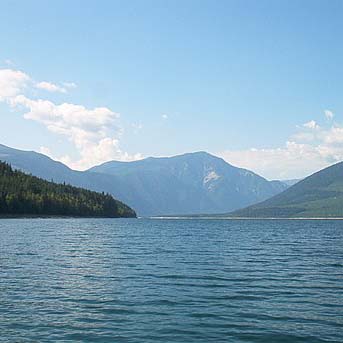
In the simulated Arrow Lakes Reservoir, fish fared better when nutrients were added to the water, regardless of whether the water flow was high or low.

Tags: Deng Palomares, Dirk Zeller, fish stocks, food security, Middle East, Research, Sea Around Us, small-scale fisheries
Countries surrounding the Arabian Sea should empower well-managed artisanal and subsistence fisheries to back food security efforts, a new Sea Around Us study suggests.
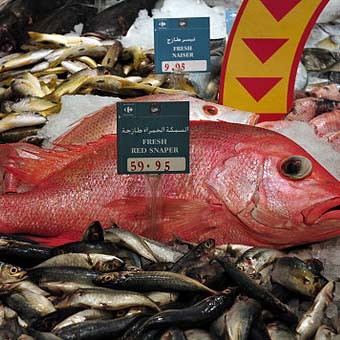
Tags: fish, fish stocks, fisheries management, IOF students, Kuwait, Middle East, Modelling, Research
The change could help repopulate Malabar blood snapper, whose numbers dropped by 95% between 1995 and 2009

Tags: IOF students
Listen to podcasts prepared by students in the FISH 500 class for academic year 2020/21
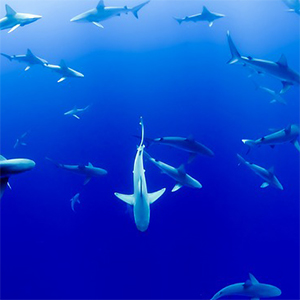
Tags: climate change, CORU, food webs, Gabriel Reygondeau, IOF students, marine ecosystems, Modelling, overfishing, Research, William Cheung
Without effective carbon mitigation the ocean would lose 18% of animal biomass by 2099 relative to the present day.
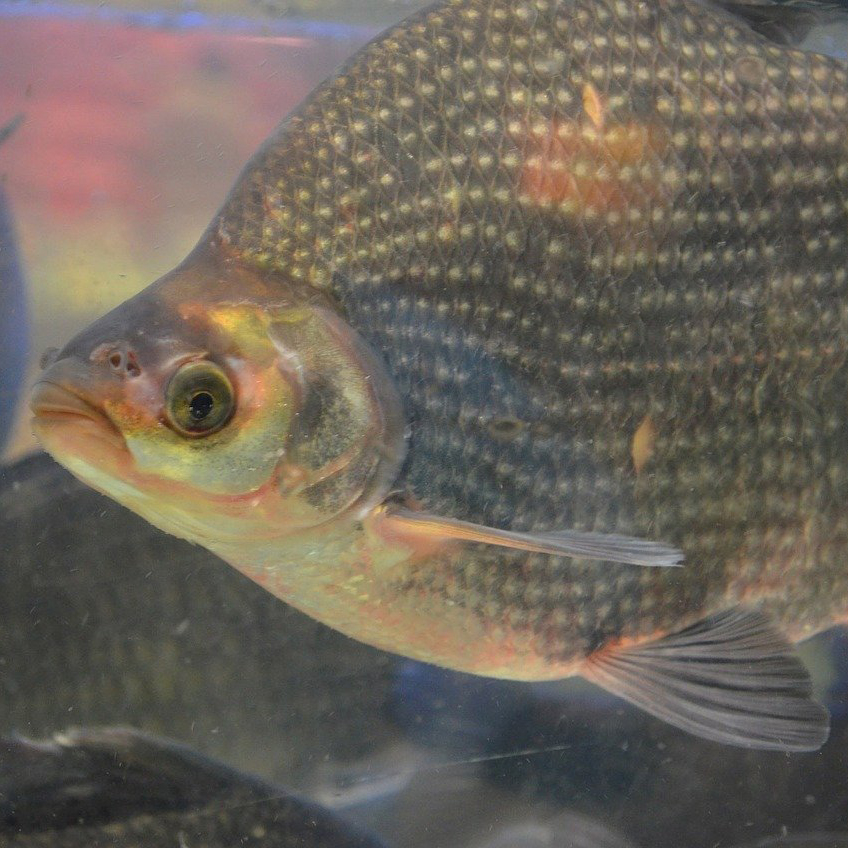
Tags: aquaculture, Asia, Daniel Pauly, faculty, fish, fish stocks, physiology, Research, Sea Around Us
Tilapias living in crowded aquaculture ponds or small freshwater reservoirs adapt so well to these stressful environments that they stop growing and reproduce at a smaller size than their stress-free counterparts.
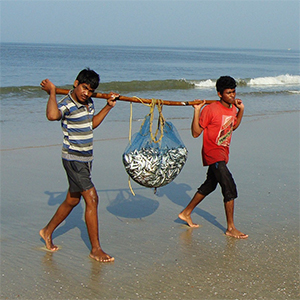
The two volumes cover all maritime countries and island territories of the world.
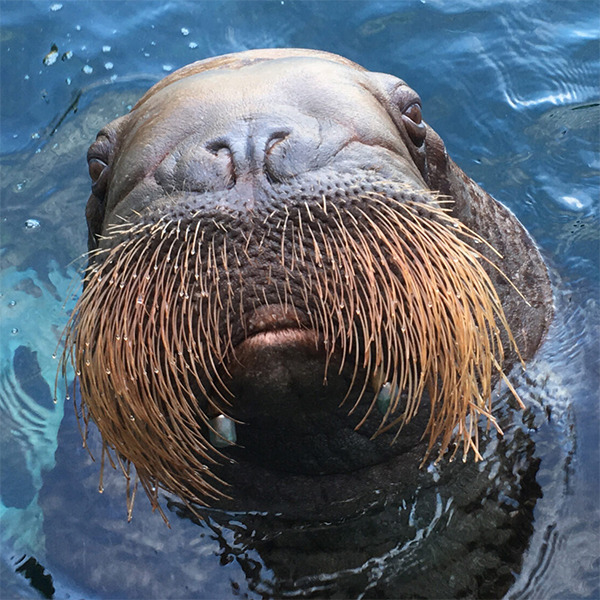
New study shows loss of sea ice will require walruses to swim more and eat more to survive climate change

Third collection of articles, authored or co-authored by Daniel Pauly.